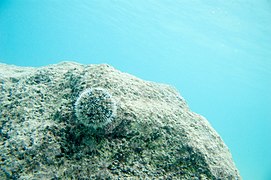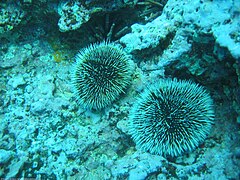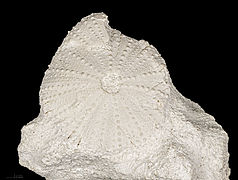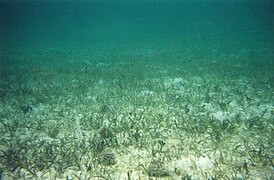
Coelopleurus is an extant genus of echinoids with fossil records dating back to the Eocene, with remains found in Europe and North America.
Cassiduloida is an order of sea urchins. The group was extremely diverse with many families and species during the Mesozoic, but today, only seven extant species remain.
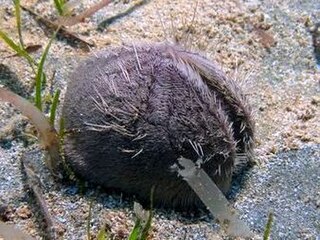
The heart urchins or Spatangoida are an order of sea urchins.

Tripneustes gratilla, the collector urchin, is a species of sea urchin. Collector urchins are found at depths of 2 to 30 metres in the waters of the Indo-Pacific, Hawaii, the Red Sea, and The Bahamas. They can reach 10 to 15 centimetres in size.

Toxopneustidae is a family of globular sea urchins in the class Echinoidea.

The Camarodonta are an order of globular sea urchins in the class Echinoidea. The fossil record shows that camarodonts have been in existence since the Lower Cretaceous.

Holasteroida is an order of irregular sea urchins.

Clypeaster, common name "cake urchins" or "sea biscuits", is a genus of echinoderms belonging to the family Clypeasteridae.
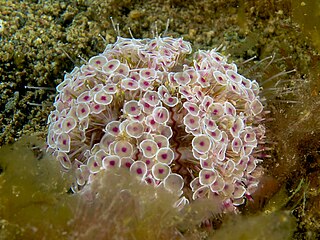
Toxopneustes is a genus of sea urchins from the tropical Indo-Pacific. It contains four species. They are known to possess medically significant venom to humans on their pedicellariae. They are sometimes collectively known as flower urchins, after the most widespread and most commonly encountered species in the genus, the flower urchin.
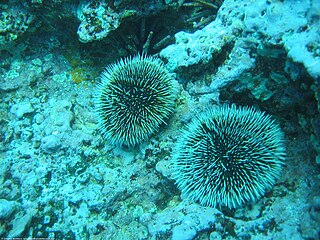
Tripneustes depressus, the white sea urchin or sea egg, is a species of sea urchin in the family Toxopneustidae. It is found on the seabed in the tropical eastern Pacific Ocean including Mexico, Panama, Ecuador and the Galápagos Islands.

Diplocidaris is an extinct genus of sea urchins belonging to the family Diplocidaridae. The type species of this genus is Cidaris gigantea Agassiz, 1840.
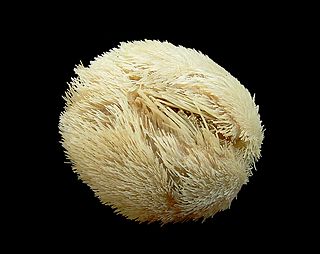
Irregularia is an extant infraclass of sea urchins that first appeared in the Lower Jurassic.
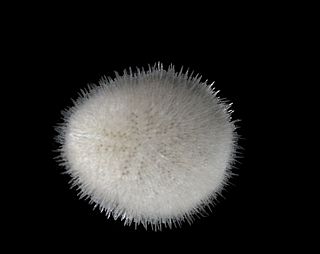
The Neognathostomata are a superorder of sea urchins.
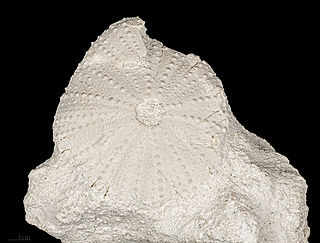
Tripneustes parkinsoni is a species of sea urchins belonging to the family Toxopneustidae. These sea urchins have been recorded as fossils on the Miocene of southern France.

Toxopneustes roseus is a species of sea urchin from the East Pacific. It is sometimes known as the rose flower urchin or the pink flower urchin. Like the related flower urchin, they are venomous.

Schizaster is a genus of heart urchins belonging to the family Schizasteridae. The type species of the genus is Schizaster studeri.
Tetragramma is a genus of fossil sea urchins known from the Upper Jurassic (Oxfordian) to the Upper Cretaceous (Turonian).
Tetragramma donaldtrumpi is a species of fossil sea urchins discovered and identified by William R. Thompson Jr. in 2016. The specimen locality is from the Lower Cretaceous, Trinity Group, of the Glen Rose Formation near Fischer, Texas, in the United States.

Pygurus is a genus of sea urchins belonging to the family Clypeidae.





